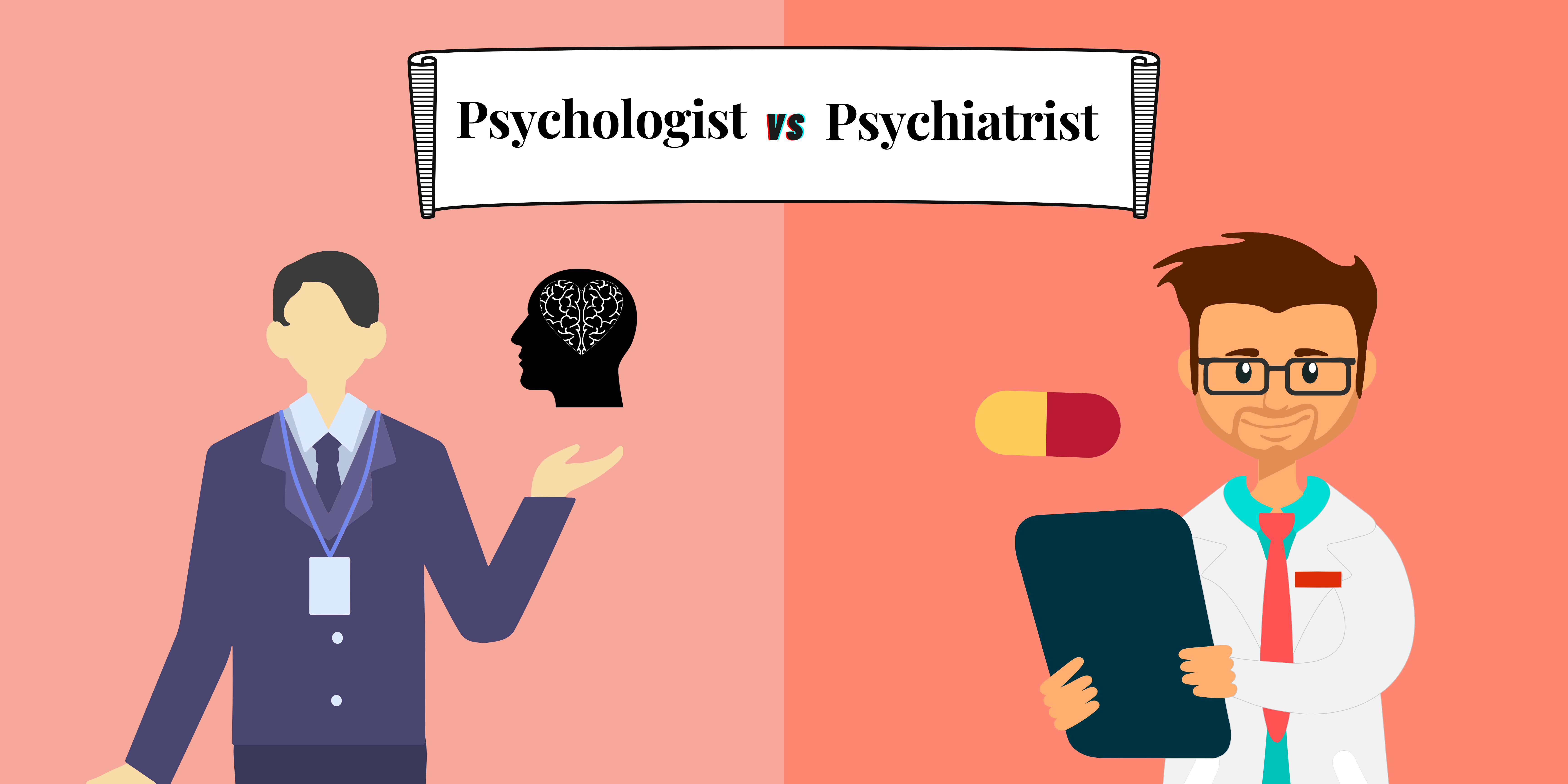Psych Therapy: A Comprehensive Overview to Techniques and End Results

Cognitive-Behavioral Treatment
Cognitive-Behavioral Treatment (CBT) is a widely used psychotherapeutic method that concentrates on determining and changing dysfunctional thinking and actions patterns. Established in the 1960s by Aaron T. Beck, CBT incorporates cognitive and behavior concepts to address various mental health and wellness concerns, including anxiety, stress and anxiety, and stress-related conditions.
Strategies such as cognitive restructuring, exposure treatment, and skill-building exercises are typically employed. Cognitive restructuring involves challenging and changing adverse idea patterns, while direct exposure treatment intends to lower anxiety and anxiousness through steady exposure to feared scenarios or objects.
Evidence-based research study sustains the effectiveness of CBT for a vast array of emotional problems - Best Psychologist in Delhi. Its focus on ability purchase and self-help techniques encourages customers to continue progression independently after treatment wraps up. The versatility and effectiveness of CBT have made it a keystone in modern psychotherapeutic practice
Psychodynamic Techniques
Rooted in the early theories of Sigmund Freud, psychodynamic methods concentrate on discovering the unconscious mind and its influence on behavior and feelings. These methods intend to reveal covert ideas and feelings that might be driving maladaptive behaviors and mental distress. Central to this method is the principle of internal conflict, frequently stemming from unsolved past experiences, especially those from childhood.
Therapists making use of psychodynamic methods use a number of essential approaches, including complimentary organization, where patients are encouraged to talk openly to disclose subconscious material, and dream analysis, which analyzes the latent material of dreams. Furthermore, the expedition of transfer and countertransference dynamics within the healing relationship is critical. These interactions can offer understandings right into the client's interior globe and relational patterns.
Psychodynamic therapy is usually longer-term compared to various other methods, offering a comprehensive and deep understanding of the person's mind. Study suggests that it can be especially effective for complex psychological wellness issues, such as individuality conditions and chronic depression. By cultivating self-awareness and emotional understanding, psychodynamic treatment seeks to bring unconscious product to consciousness, making it possible for individuals to attain long lasting and significant modification in their lives.
Humanistic Strategies
Building on the structures laid by psychodynamic methods, humanistic strategies provide a distinctive point of view concentrated on individual possible and self-actualization. Coming from the mid-20th century, these techniques focus on the fundamental benefits and development capacity of individuals, stressing an alternative view of human experience. Key numbers such as Carl Rogers and Abraham Maslow have dramatically influenced this healing method, which encompasses techniques like client-centered therapy and Gestalt treatment.
Client-centered therapy, created by Rogers, plays a crucial duty in humanistic methods. It counts on the therapist giving an environment of unconditional favorable regard, compassion, and harmony. This fosters a secure space for clients to discover their feelings and experiences without judgment, helping with self-discovery and personal growth. The specialist's duty is even more of a facilitator than an authority, encouraging customers to harness their inner sources for recovery.
Gestalt treatment, an additional vital humanistic method, highlights present moment awareness and the integration of mind and body. By concentrating on the "right here and now," clients obtain greater understanding right into their existing feelings and actions. Techniques such as role-playing and guided visualization are commonly used to assist clients get a deeper understanding of themselves, eventually leading to enhanced self-awareness and fulfillment.
Integrative Treatments
Integrative therapies represent a synthesis of different therapeutic strategies tailored to satisfy the one-of-a-kind demands of each client. This technique recognizes the intricacy of human psychology and the complex nature of mental health and wellness concerns. By integrating aspects from different schools of psychiatric therapy-- such as cognitive-behavioral treatment (CBT), psychodynamic treatment, and humanistic methods-- integrative therapies supply a more adaptable and alternative treatment paradigm.
Specialists of integrative therapy examine each customer's certain demands, signs and symptoms, and personal history to create a customized therapy strategy. This individualized method enhances the capacity for therapeutic success by attending to the source of psychological distress and promoting general well-being. Strategies may include mindfulness workouts, cognitive restructuring, and emotional handling, each picked to target various elements of the customer's concerns.
Additionally, integrative treatments emphasize the therapeutic connection, checking out the client-therapist bond as an essential element of reliable therapy. This relationship fosters an encouraging atmosphere where customers feel safe to check out and address their worries. The flexibility of integrative treatments makes news them suitable for a broad series of conditions, including anxiousness, depression, trauma, and social difficulties, thereby raising their applicability and performance in varied professional settings.
:max_bytes(150000):strip_icc()/81860243-56a793575f9b58b7d0ebd6a7.jpg)
Measuring Treatment End Results
Evaluating the efficiency of psychiatric therapy is vital for both customers and medical professionals to ensure that the treatment is generating the desired results. To achieve this, numerous methods and devices are employed to measure treatment outcomes methodically. Standardized analysis instruments, such as the Beck Anxiety Stock (BDI) and the Generalized Anxiousness Condition 7 (GAD-7), provide measurable information on symptom seriousness and changes with time.
In addition to standard devices, qualitative techniques like customer self-reports and clinical meetings use important understandings right into the individual experiences and viewed development of customers. Consistently set up assessments, commonly at the start, omphalos, and end of therapy, assistance in tracking the trajectory of renovation or identifying areas requiring change.
End result dimension is not limited to sign decrease; it also incorporates useful renovations in day-to-day life, such as far better social partnerships, enhanced work efficiency, and boosted total well-being. Modern improvements in digital health and wellness have actually introduced mobile applications and on the internet systems that assist in real-time tracking and feedback, even more refining the evaluation process.
Eventually, a detailed strategy to measuring treatment outcomes makes sure that healing interventions work, reliable, and customized to meet the private needs of clients, thereby maximizing the total therapeutic experience.
Conclusion
Psychotherapy provides a diverse selection of strategies focused on attending to particular mental health and wellness issues and enhancing general well-being. Cognitive-Behavioral Treatment and psychodynamic techniques target inefficient thoughts and subconscious influences, specifically. Humanistic techniques concentrate on personal growth and self-actualization, while integrative treatments incorporate several approaches for customized treatment strategies. Examining therapy results through standard assessments and qualitative methods makes sure a thorough understanding of efficiency, ultimately assisting customers toward sustaining mental health and wellness enhancements.
From the organized strategy of Cognitive-Behavioral Therapy (CBT) to the deep expedition of the subconscious in psychodynamic therapy, each method brings distinct advantages. Its focus on ability procurement and self-help strategies empowers clients to proceed progression individually after treatment more tips here wraps up (Best Psychologist in Delhi). have a peek here Secret figures such as Carl Rogers and Abraham Maslow have significantly influenced this therapeutic technique, which encompasses approaches like client-centered treatment and Gestalt therapy
